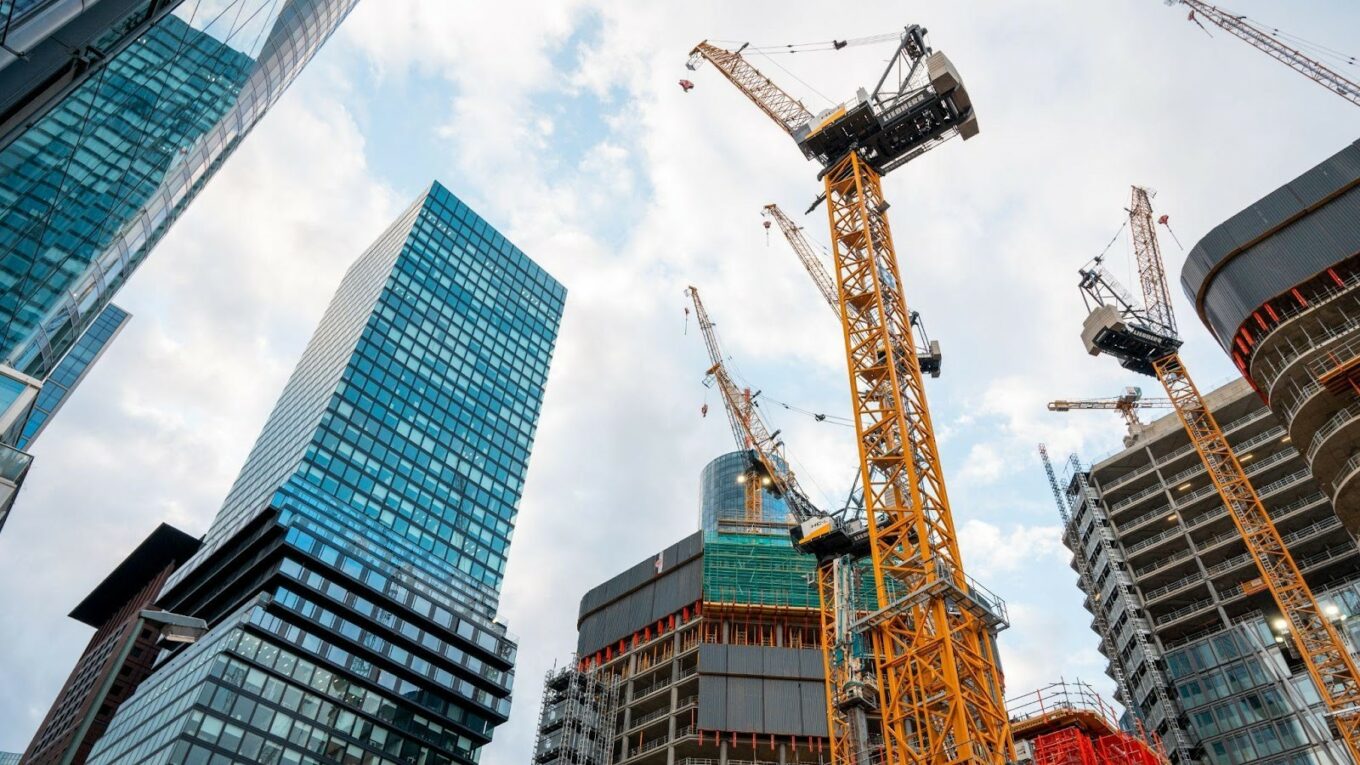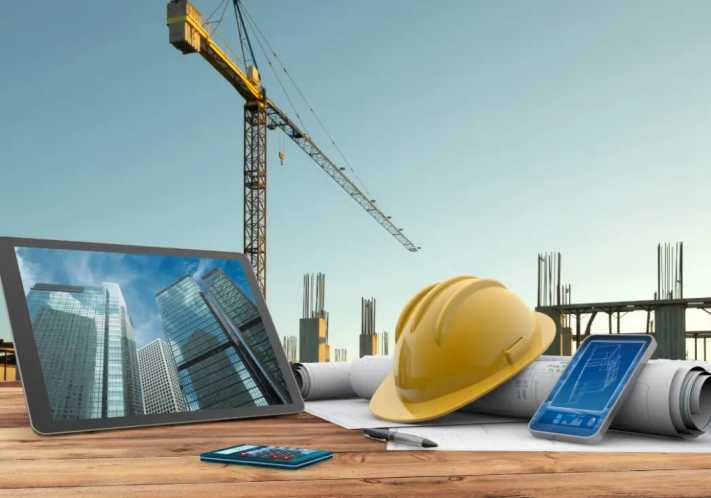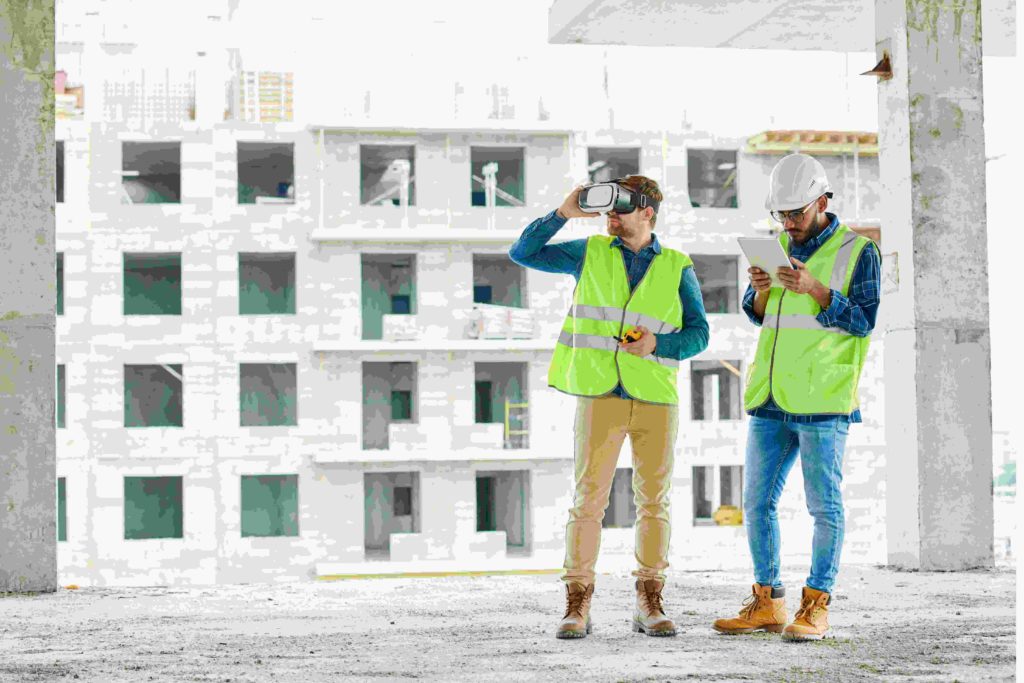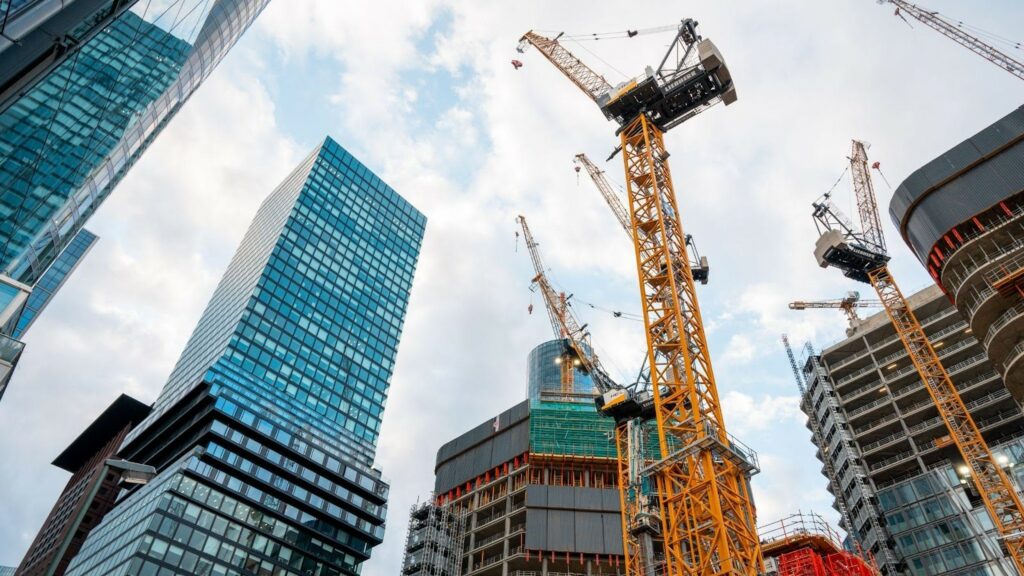The Top Construction Trends and Innovations in 2025
The construction industry is on the brink of a new era, marked by the convergence of creativity and technology. The traditional boundaries of building and design are being pushed by leaps in technological advancements. These innovations are not just enhancing how we build; they are redefining the possibilities of construction itself.
From the precision of robotics to the flexibility of hybrid concrete, each technique showcases a future where construction is faster, safer, and more efficient. This evolution reflects a profound shift towards sustainability and efficiency, propelled by the needs of a rapidly changing world.
3D Printing in Construction
3D printing technology in construction is reshaping how structures are built, offering a pathway to increased efficiency and sustainability. This method allows for the creation of complex building forms without the cost and waste typically associated with traditional construction.
Materials can be printed on-demand at the job site, which drastically reduces transportation costs and material wastage – studies show that approximately 15% of materials in traditional settings are discarded. Moreover, the technology’s precision minimizes errors and speeds up the construction process, providing substantial time savings. For example, entire walls with conduits for electrical and plumbing systems can be printed in one go, ensuring seamless integration and faster completion.
Robotics and Automation
Robotics usage in the construction sector represents a major advancement in efficiency and modernization. Automated robots are capable of significantly more speed and precision than humans in a range of jobs, such as installing windows and building bricks. The fact that these robots can operate nonstop in environments that are frequently deemed dangerous for people speeds up construction while simultaneously improving worker safety.
Robotic systems that use AI can learn adaptively, improving their performance continuously by optimizing their operations in response to real-time feedback. As a result, the project’s overall costs are reduced and building pace is dramatically increased while upholding strict quality and safety standards.
Smart Building with BIM
Building Information Modeling (BIM) is a transformative technology in the construction industry, enabling a more integrated and visual approach to building design and construction. BIM software creates highly detailed digital models that serve as a virtual representation of the physical and functional characteristics of a building project. This model facilitates a collaborative environment where all stakeholders can view and manipulate the building aspects in real-time, improving communication and coordination among architects, engineers, and contractors.
The predictive capabilities of BIM, powered by artificial intelligence, allow for more accurate forecasting of project timelines and potential challenges, thereby reducing waste, saving costs, and enhancing project delivery. For innovative BIM solutions and more details on how they are applied in real projects, click here.
Hybrid Concrete Construction
The precision of precast concrete and the adaptability of in-situ concrete applications are skillfully combined in hybrid concrete construction. This approach is very helpful for projects that need to be fast and customizable. Hybrid concrete construction not only expedites the building process but also improves the structural integrity and adaptability of the structure by utilizing in-situ concrete for unique or site-specific applications and precast components for the standardized, repetitive elements of a construction project.
This method is useful for large-scale projects like infrastructure and commercial buildings, because sticking to strict budget and schedule constraints is just as important as the building’s structural integrity.
Exoskeletons for Construction Workers
Exoskeletons in construction represent a significant advancement in worker safety and productivity. These wearable robotic suits support and enhance human performance by enabling construction workers to lift heavy materials with ease and perform repetitive tasks with reduced risk of injury. The technology not only prevents common construction-related injuries but also extends the potential career length of skilled laborers by reducing physical strain.
Increasingly, exoskeletons are being trialed on job sites to assist with tasks that would typically require multiple workers or machinery, thus streamlining operations and allowing companies to allocate human resources more effectively. This innovation leads to considerable productivity gains and operational cost savings while prioritizing worker safety.
Bottom Line
These methods exemplify a shift towards a more innovative and responsive approach to building, where every element is optimized for performance and sustainability. This is a pivotal moment for the industry, as these technologies not only promise improved outcomes but also a new standard for the quality and speed of construction projects moving forward. Each step forward in this technological revolution makes it clearer that the future of construction is here today, reshaping our built environment in profound ways.




2 thoughts on “The Top Construction Trends and Innovations in 2025”